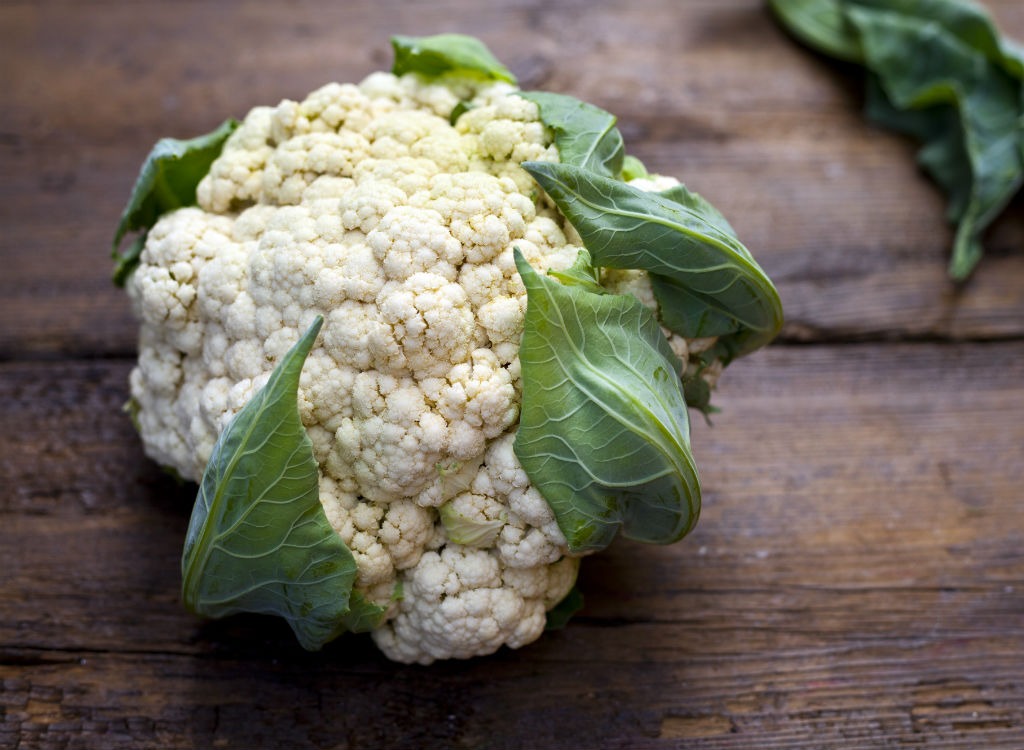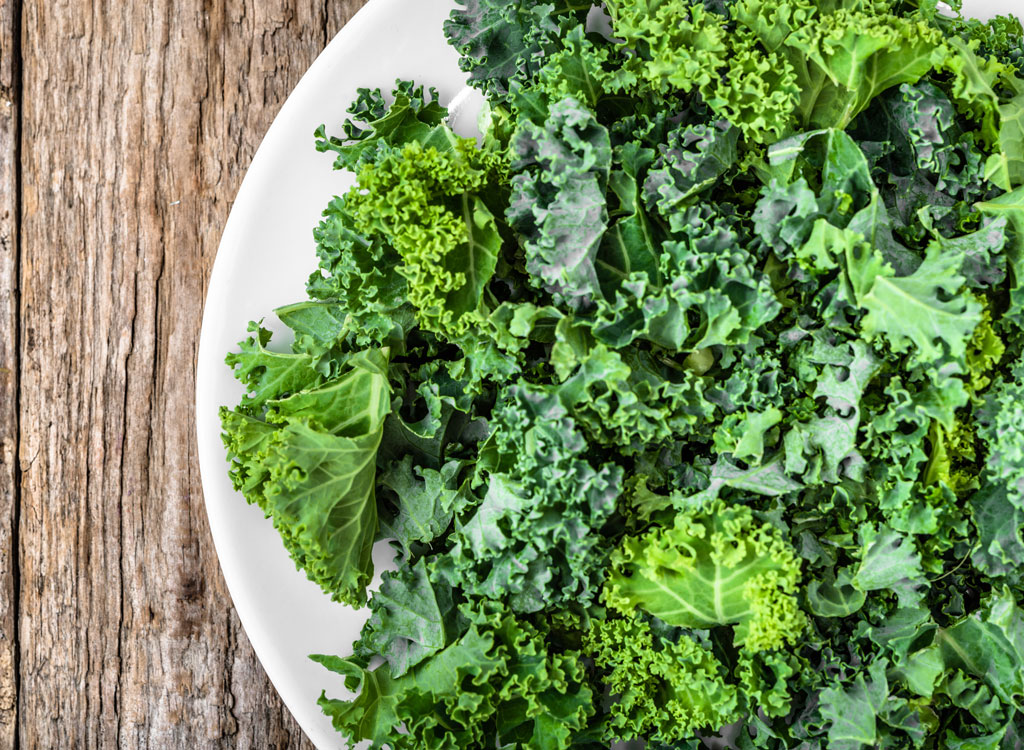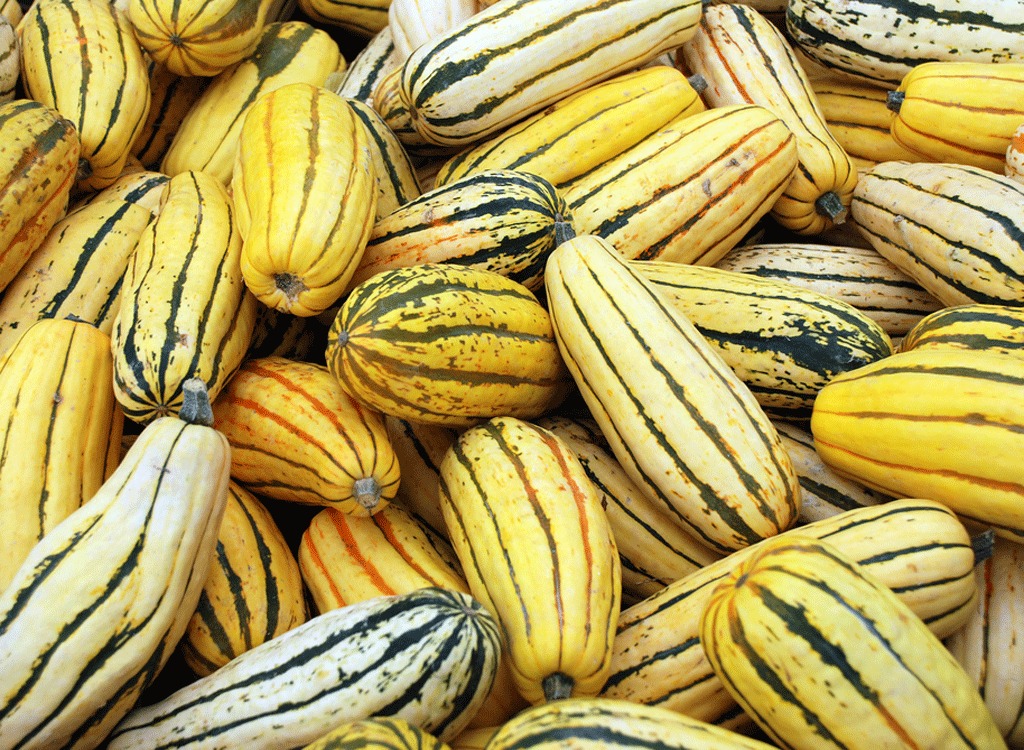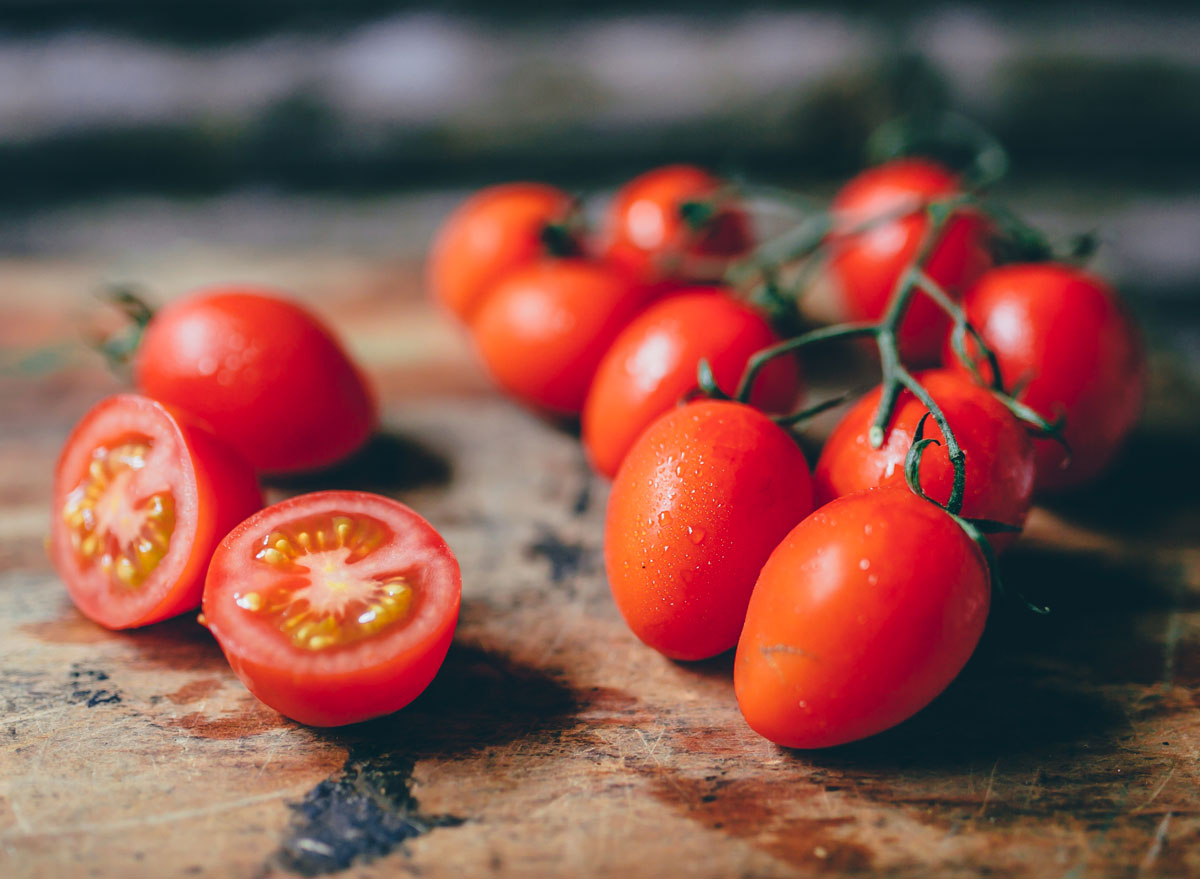The Best and Worst Foods to Eat This Fall, According to Dietitians

As the season changes from summer to fall, it’s easy to get nostalgic for extra-long days, and the bounty of fresh fruits and veggies that is cultivated in the warm weather. While we can’t prevent you from tearing up over your Instagram archives, we do know that fall brings its own arsenal of delectable produce, and there are plenty of best and worst fall foods.
We all know sweet potatoes and pumpkins are autumn favorites, but what other vegetables are in peak season? These healthy, hearty staples, are easy to find at your favorite grocery store or farmer’s market, are chock-full of nutrients. And to make sure you’re really getting the best out of your foods, here are 21 Best Healthy Cooking Hacks of All Time!
Here are the best and worst falls to eat this fall season.
First, the best.
Winter Squash

Winter squash is the blanket term for a bunch of delicious fruits that include acorn, spaghetti, butternut, Hubbard and kabocha squashes, and pumpkin. All varieties are rich in vitamins A and C and contain anti-inflammatory omega-3 fatty acids, according to Alexandra Miller, RDN, LDN, the corporate dietitian at Medifast. “Pumpkin is rich in potassium and provides more than 20 percent of your daily recommended intake of fiber,” she says. It’s also a good source of B vitamins, a nutrient that helps metabolize fats, proteins, and carbs that are stored as fat in the body, especially the belly.
Eat This! Tip
Swap out your carb-laden pasta for spaghetti squash. It only contains 40 calories per cup compared to 220 calories per cup in spaghetti. The potassium will do your muscles a solid, just like these 9 other High-Potassium Foods That Keep Your Muscles Healthy and Strong.
Mushrooms

Mushrooms are the type of fungi you want to find in your fridge. Rich in vitamins D and B, they’re a great addition to everything from salads to burgers because the texture mimics that of meat. Mushrooms also rev metabolism, because they’re rich in selenium, an antioxidant that repairs cell damage and helps the thyroid, says Jennifer Glockner, RDN, and author of the Smartee Plate series.
Eat This! Tip
Mushrooms are your BFF when it comes to making a quick, hearty, and nutritious meal. They’re in this delicious recipe for Soft Veggie Chicken Tacos, just one of our 15-Minute Dinners for Weight Loss!
Cauliflower

Like spaghetti squash, cauliflower is an incredibly versatile swap for carb-laden, starchy foods. Grated cauliflower can take the place of rice; mashed cauliflower can stand in for mashed potatoes; tiny florets can sub for noodles in mac-and-cheese. Bonus: “Cruciferous vegetables like cauliflower have shown to possibly help reduce the risk of certain cancers, namely prostate cancer, due to their high antioxidant activity,” says Miller. High in fiber, these veggies can also help you feel fuller longer, leading you to consume few calories and, in turn, lose weight.
Eat This! Tip
Buy cauliflower (and other veggies like carrots, cucumbers, celery, and carrots) over the weekend, chop them up and store them in bags in the fridge. You can then toss them into salads, stir-frys, and side dishes during the week, or reach for them as a ready-to-go snack.
Apples

Synonymous with fall, apples should be ubiquitous in your kitchen. They’re high in fiber, which keeps you fuller longer, and vitamin C, an antioxidant important for protecting gums and healing wounds by enhancing collagen production, says Glockner. And they’re one of the Very Best Fruits for Fat Loss!
Eat This! Tip
Many of an apple’s nutrients are found in the skin, so wash it well and enjoy the whole fruit, says Glockner. Buying organic apples is your best bet because it’s one of the “dirty dozen” fruits and vegetables that contain a higher concentration of pesticide residue than other types of produce.
Radishes

“These undervalued root vegetables are packed with nutrients including vitamin K, calcium, and potassium. Radishes grow in the spring and fall, making them a versatile option to add to any fall dish,” says Natalie Rizzo, MS, RDN.
Eat This! Tip
“I love using them into a warm farro & arugula salad because it adds a nice crunchy and peppery taste,” she adds.
Kale

“This leafy green is an excellent source of vitamin A and vitamin C and is at its best in the fall and winter months. It is also a good source of calcium and potassium,” says Malena Perdomo, MS, RDN, CDE. “Kale is a hardy green leafy vegetable that is best in the fall where you can pick the leaves as you need them and it keeps on growing. I have grown kale for years and it can sustain even in cold weather. It is the last vegetable that stays in the garden after everything has been pulled out. The leaves are hardy enough to stay well when you add them in soups or sautéed with a little oil and garlic.”
Eat This! Tip
Aside from chopping it up into a big salad, Perdomo likes to use kale in a colorful rice and beans salad.
Pears

Pears are so sweet that it seems impossible they only contain about 100 calories each, but it’s true. This fall fruit is a good source of vitamin C and contains 6 grams of fiber per medium fruit (24% of your daily value). Pears help keep hunger at bay thanks to pectin, “a soluble fiber that attracts water and turns to gel, slowing down digestion,” says Glockner, “which may help to reduce blood cholesterol and reduce risk of heart disease and colon cancer.”
Eat This! Tip
Eat pears by themselves, or add them to grilled cheese sandwiches, salads, chutneys, and salsas to lend a sweet kick.
Delicata Squash

“I’m a huge fan of delicata squash because, unlike other squash, the skin is edible. It’s sweet and starchy, like a cross between a zucchini and potato, and is chock-full of vitamin A and antioxidants,” Rizzo says. “Like most squash and pumpkins, delicata squash grows in the fall and is really easy to find in those months.”
Eat This! Tip
“Roast it with oil and salt for a delicious side dish,” says Rizzo.
Now, the worst.
Tomatoes

“Ever taste a tomato outside of its summer season? They are bland and pretty flavorless,” says Alex Aldeborgh, MS, RDN. “Tomatoes are full of antioxidants, especially lycopene, which gives them their red hue. Luckily, the lycopene content increases when tomatoes are cooked.”
The nutrition content of vegetables is often thought to slightly decrease once heat is applied during cooking, however, the opposite occurs for tomatoes, according to Aldeborgh.
Eat This! Tip
“Get the most nutrition bang for your buck from tomatoes in the fall and winter by choosing canned tomatoes, or try roasting them yourself,” says Aldeborgh. Check out her recipe, farro salad with roasted vegetables and feta cheese to see how you can roast tomatoes
Strawberries

“If you’re buying fresh strawberries in the fall, they’ve probably traveled pretty far to get to you. In the course of traveling, the berries lose valuable nutrients, like vitamin C and manganese, as they age,” says Aldeborgh.
Eat This! Tip
“Save the fresh strawberries for spring and summer, and stock up on frozen ones in the fall,” she says.
Corn

“Even though it is a global market and we get some produce all-year-round, my suggestion is to look for produce that is local and shop in season. Some produce around the country is still growing well meanwhile in another state, the produce is gone. The taste of corn changes when produce is not at peak season. For example, we might get a late version of corn in the fall but they taste best in the summer months,” says Perdomo.
Eat This! Tip
Stock up on frozen corn in the fall so that you can enjoy it while it’s in its sweetest state. Green Giant even sells mini ears of corn of corn-on-the-cob if you still want the cob experience.
Cucumber

When a cucumber tastes flavorless and watery, that should be a strong indication that it’s not in season. The flavor of a cucumber is subtle, to begin with, and eating the vegetable out of season further eliminates its innate, refreshing savor.
“Another crop that reminds me of the change of taste is cucumber—in the summer months it has a better flavor,” says Perdomo.
Eat This! Tip
Melons can still be in season until the end of October depending on where you live, so if you’re craving that crisp and refreshing taste, stock up on honeydew melon instead and eat vegetables that are in-season such as Brussels sprouts, carrots, and spinach.
Watermelon

“Don’t get me wrong, I love watermelon. It’s actually one of my favorite fruits, but it just doesn’t taste good in the fall because it’s out of season,” says Rizzo. “That means it’s grown far away and shipped to a region near you, so it’s not super fresh. Whereas watermelon is usually sweet and vibrant pink, it’s rather flavorless and pale in color in the fall.”
Eat This! Tip
If you’re in the mood for something sweet, opt for a juicy Honeycrisp apple instead.
For more healthy eating news, make sure to sign up for our newsletter!
Read this next: